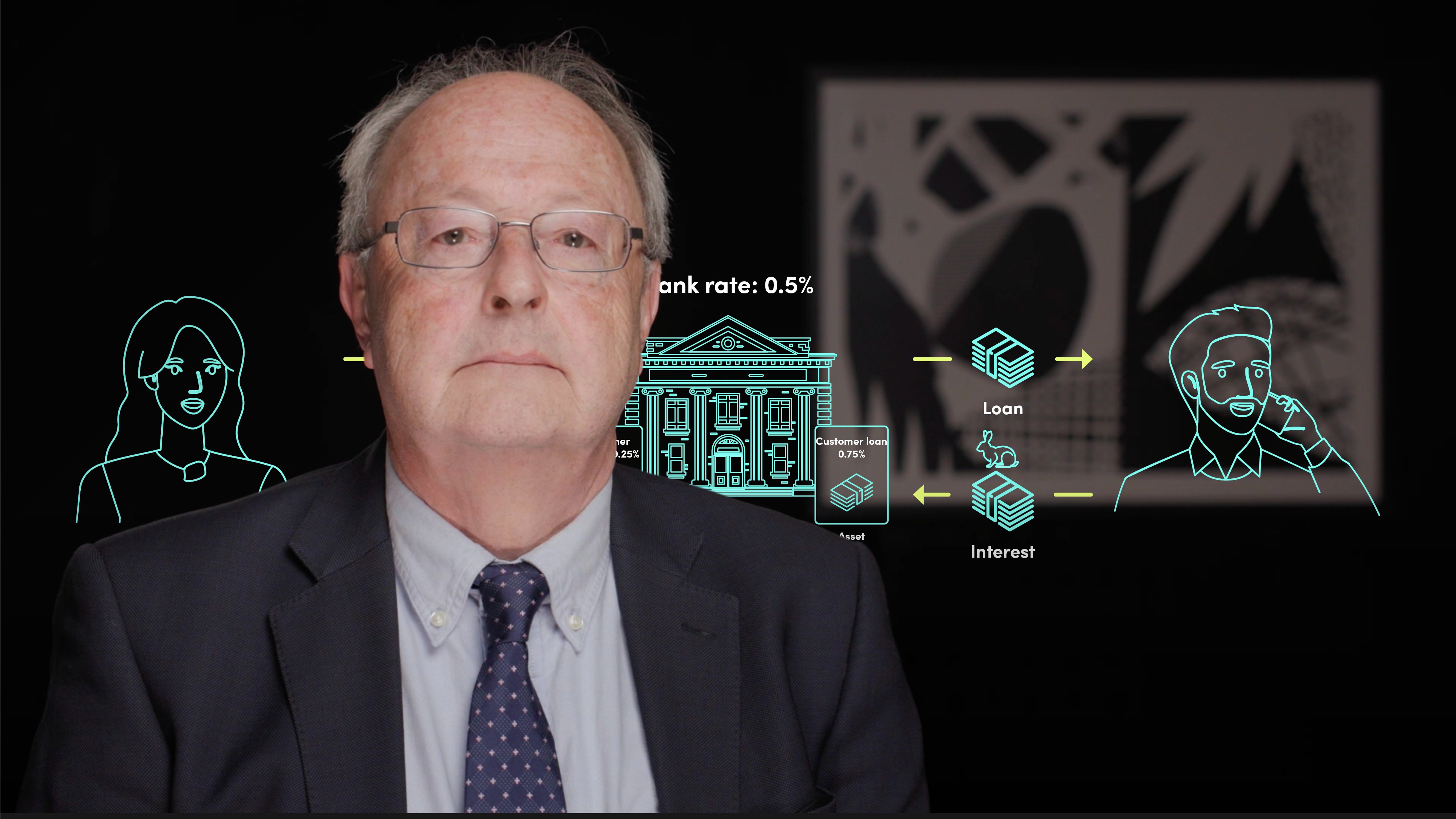
IRRBB Measurement and Control

Paul Newson
20 years: Market Risk
In the previous video, Paul Newson briefly introduced the metrics Economic Value sensitivity and Net Interest Income sensitivity. In this video, he explains how to calculate EVE sensitivity and NII sensitivity and explains how to manage and control IRRBB.
In the previous video, Paul Newson briefly introduced the metrics Economic Value sensitivity and Net Interest Income sensitivity. In this video, he explains how to calculate EVE sensitivity and NII sensitivity and explains how to manage and control IRRBB.
Subscribe to watch
Access this and all of the content on our platform by signing up for a 7-day free trial.

IRRBB Measurement and Control
16 mins 58 secs
Key learning objectives:
Understand Economic Value sensitivity and Net Interest Income sensitivity in greater detail
Understand how to calculate EVE sensitivity and NII sensitivity
Outline how to manage and control IRRBB
Overview:
When measuring IRRBB a bank can use either economic value sensitivity or net interest income sensitivity, but it’s important to know the difference between the two. Economic value tells you how much the sale value of a bank would theoretically alter in response to an interest rate rise, whereas net interest sensitivity tells you how net interest income going forward would be impacted.
Subscribe to watch
Access this and all of the content on our platform by signing up for a 7-day free trial.
How is Economic Value sensitivity calculated?
Start with an interest-rate gap, a grid breaking down all on-balance sheet and derivative positions according to the actual or assumed next repricing date.
Calculate a net gap (difference between the assets and liabilities) for each time frame, i.e. when the positions re-price. A positive number means more assets re-price in that period than liabilities; a negative number indicates the reverse.
From the gap report, derive the economic value sensitivity to a given change in rates:
Discount to present value all the individual net gap numbers using the current yield curve.
Sum these numbers to arrive at the current economic value of the bank.
Repeat the process but using a different yield curve incorporating whatever change to interest rates you wish to model.
The economic value sensitivity to this change - or “shock” - is then the difference between the current economic value and the shocked economic value.
If every product on the balance sheet behaves exactly as implied by its positioning on the gap report, then EV sensitivity will equate to how much the bank’s income would change as a result of the shock.
However, most banking book products do not behave like this and an EV sensitivity will usually be a fairly poor estimate of what the bank would actually gain or lose if that shock occurred, for a few reasons:
EV assumes all products will actually re-price on the date assumed.
EV assumes that any external interest-rate change can and will be passed onto the customer.
EV assumes the bank is effectively in run-off and takes no account of new business.
How is Net Interest Income sensitivity calculated?
NII sensitivity is a bottom-up approach which considers each product individually and attempts to project how the net interest income of the whole bank will evolve over a given time horizon under different interest rate scenarios.
The future daily interest income or expense on any product can be computed by multiplying the projected volume by the projected interest rate for that date. Projecting for a year involves 365 calculations and summing the results.
Product volumes can be estimated by making deductions in respect of both the final contractual maturity of a product and any assumed level of customer withdrawal whilst also considering any new business.
The interest rate on the product for all points within the period needs to be estimated by using the current yield curve to determine the risk free rate at every point in the future, on top of which add any margin the bank thinks it can earn.
Simple NII sensitivity can then be computed using a shocked yield curve and seeing how that changes the base case - i.e. the same basic idea as EV sensitivity.
NII sensitivity is a better tool than EV sensitivity as it allows a far more granular consideration of what would actually happen in the event of a change in interest rates.
How can banks manage and control IRRBB?
Unfortunately, if a bank is uncomfortable with the level of risk, the only real solution is to review both the structure of its balance sheet and the nature of the products it offers.
Simple management and control techniques involve finding natural hedges (i.e. funding a 5 year fixed rate loan with a 5 year fixed rate deposit at the same rate), entering into interest-rate swaps, have limits on the size of individual gaps and a total EV limit to name a few.
Subscribe to watch
Access this and all of the content on our platform by signing up for a 7-day free trial.

Paul Newson
There are no available Videos from "Paul Newson"



























